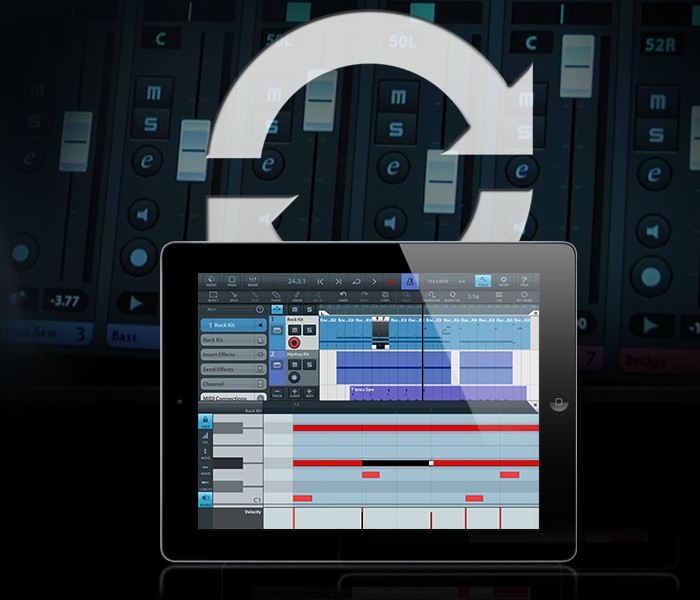


Old tools like in-line EQ curves and large meters are still available. You can show (and grow) only the fader sections, for instance, or toggle a notepad for each channel, channel overview and more.

The Visibility/Zones column enables you to decide not just which channels you want to see but in what order they should be arranged. The new MixConsole is entirely configurable and can be expanded to fill your entire screen. However, for the most part, the size of all of these elements wasn't adjustable. You could collapse the bits you didn't want to see, toggle showing inserts, EQs, sends, etc, and you could have three different mixers available at any time. However, we've been spending a lot of time with it and can assure you that the new features are nothing short of inspirational. If you're in the latter camp, you may be taken aback by some of the sweeping changes that have come to Cubase in this new version. Some might say that Cubase has been looking slightly stodgy in comparison others might champion its familiarity. Elsewhere, you have newcomers like PreSonus Studio One and even the upcoming Bitwig Studio that are not tied down to years of established convention.
#CUBASE 7 ED FULL#
Steinberg's updates have, of late, been designed to open users' wallets with the promise of creative inspiration, while rarely delivering the sort of sweeping changes that would rattle them or have them scrambling to the user manual.īut times have changed in the DAW scene, with some competitors offering quite radical updates - see Propellerhead's introduction of full audio editing/recording and plugin Rack Extensions to Reason, or Cakewalk's deep rework of Sonar as Sonar X1. "Times have changed in the DAW scene, with some competitors offering quite radical updates"


 0 kommentar(er)
0 kommentar(er)
